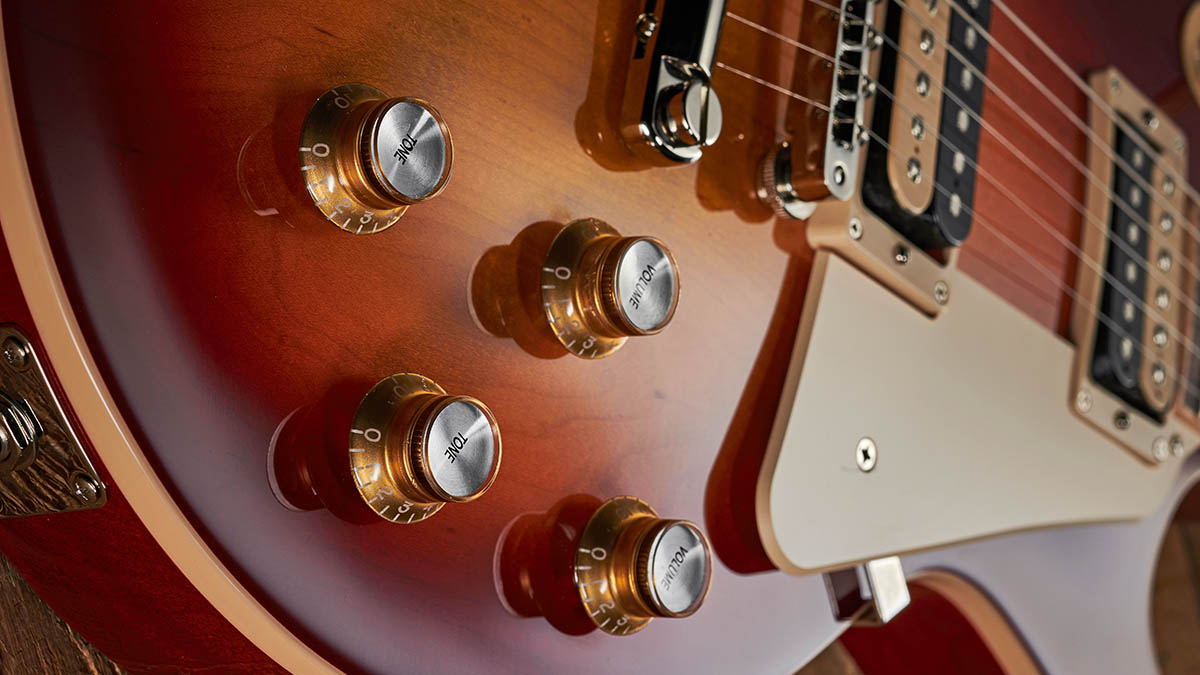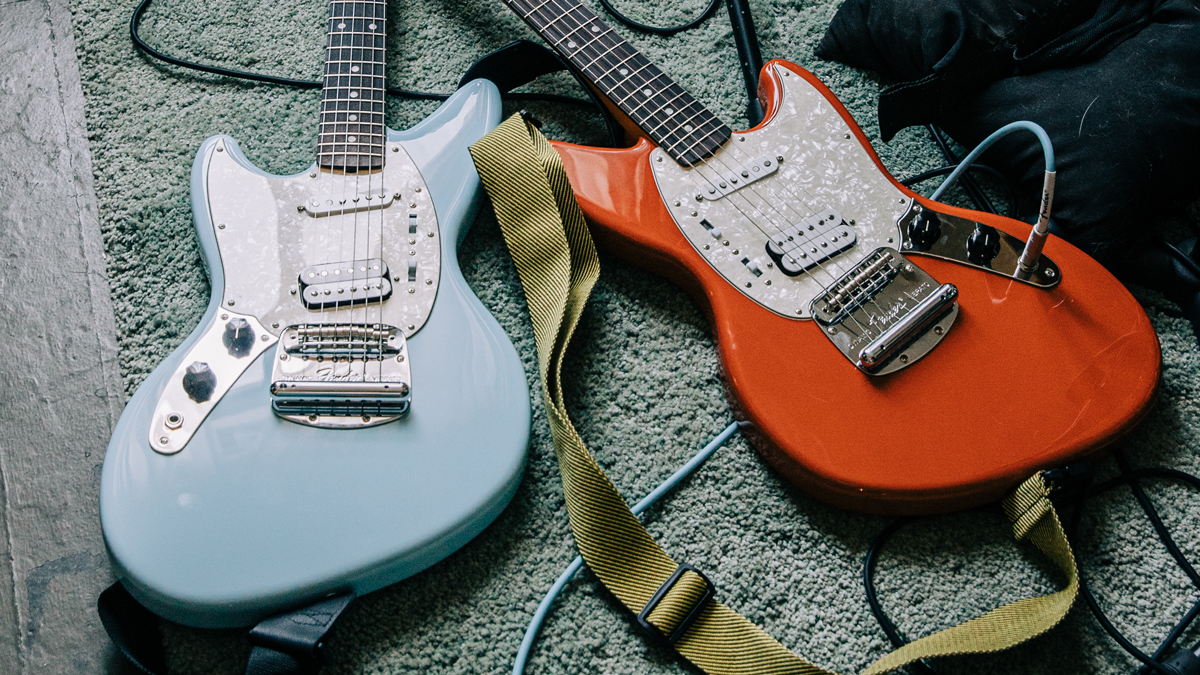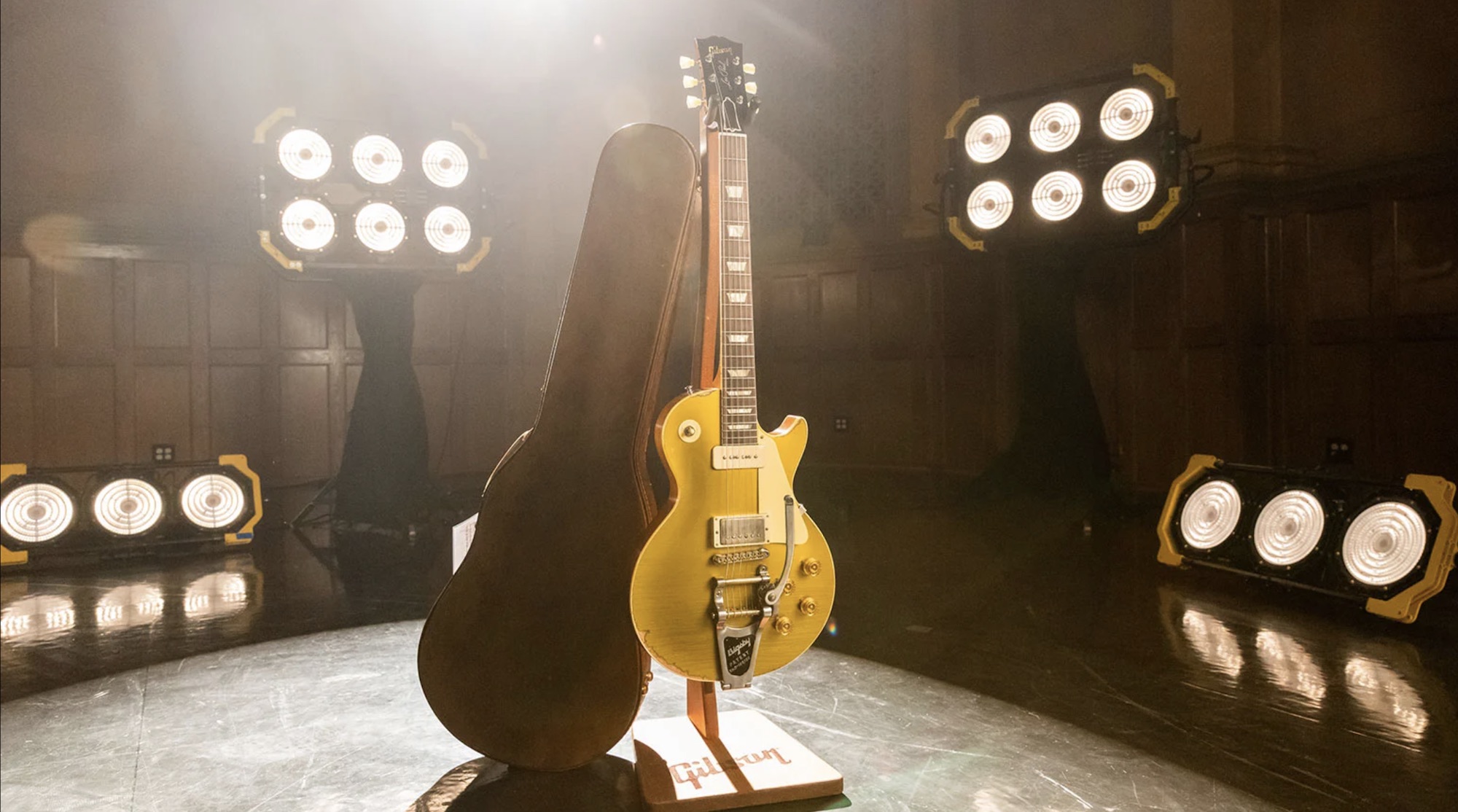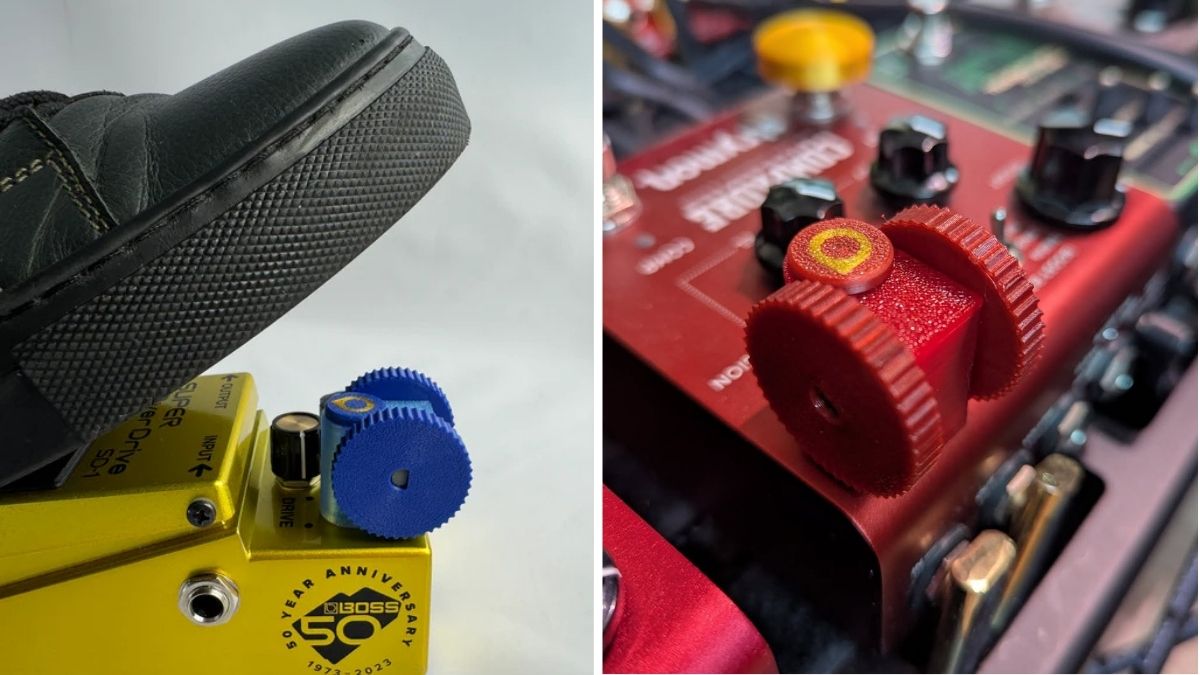Why don’t more guitars come with different brands’ pickups mixed and matched?
Most of the electric guitars we buy have own-brand pickups or a pairing from one brand, but there is another way and it can work well. Here are a few things to consider before reaching for the Seymour Duncan, the DiMarzio, and that soldering iron

There’s little doubt that most electric guitars made today stick with pickups from the same manufacturer, be that in-house designs or those from a third party such as Seymour Duncan. When was the last time you saw a new guitar for sale with two or three pickups from different makers?
The last one I can remember was the Charvel Henrik Danhage signature, which pairs a full-size Seymour Duncan JB at the bridge with a single-coil-sized DiMarzio Area 67 at the neck, and I’d wager the ‘different brand pickups on the same guitar’ concept is pretty much exclusive to signature instruments.
There are obvious reasons – not least cost and a single purchasing source – that make most manufacturers go the one-brand route. But look at the guitars of your modding mates and you’re more likely to find Duncans paired with DiMarzios, or any number of combinations of the vast selection out there.
And you don’t have to delve that deeply into the history of great guitar players and their instruments to find plenty of mixed brands and styles. So, are we missing a trick?

Just A Phase
That said, pickup manufacturers don’t exactly make it easy for us to swap sources. They invariably use different colour codes for their hook-up wires and there is no international protocol for magnet polarity and winding direction.
Now, we could get bogged down in the science, but rather like we all did back in the day, trial and error usually wins when combining different pickup brands. However, a major issue is whether or not the new pickup is in phase with the existing one.
Depending on the magnet polarity and coil-winding direction, the two pickups will be normal (in phase) when you select both, or abnormal (out of phase) where your sound becomes thin and nasally.
All the latest guitar news, interviews, lessons, reviews, deals and more, direct to your inbox!
It’s a problem that veteran modder Alan Kirby encountered with his ongoing Gretsch Electromatic 5420 makeover.
“It just doesn’t seem quite right! The combination of P-90 and T-Armond – when used together – is not balanced as well as I would like and seems a bit nasal,” he says. “Also the pots don’t function as they should but seem to alter volume/tone.”
The two pickups in question are: “a Lindy Fralin P-90 at the neck (-10 percent wind), which works well with the TV Jones T-Armond at the bridge, and is softer but clear”, Alan explains. “It sits better than the TV Jones T-90, which I originally tried but is too modern-sounding for the setup, I think.”
As Alan rightly guessed, he had a phase issue and cured it simply by swapping the hot and ground wires of, I believe, the Fralin in the circuit.

For some, then, when two pickups are combined and are out of phase, it’s wrong. For others, and let’s not forget a certain Mr Peter Green or Mr Jimmy Page, out of phase can be very right. Personally, I was always in the former camp until I started working with a recent Gibson Les Paul Classic.
This is in the Modern strand of Gibson USA’s current output and features the not-universally-liked circuit board and four pull-push pots. When pulled up, each volume control gives a sort of single‑coil/P-90 emulation, certainly an option to the full humbucker sounds.
When you pull up the bridge pickup’s tone control, the bridge pickup is solo’d directly to the output, giving a slight treble lift, while the neck tone control acts as a phase switch when pulled up.
So, with both pickups on and the centre mixed position selected on the pickup toggle switch, and with both volumes and tones wound fully up, you can switch from that classic, bouncy dual-pickup voice (in phase) to what Alan describes as a ‘nasal’ thin sound (out of phase).

But because we have a volume for each pickup (unlike on a Telecaster, for example), when you pull back the bridge pickup volume just a little, the phase relationship between the two pickups alters and some – but not all – of the thinness is restored, with only a slight nasal ‘edge’. Think Peter Green and even BB King, which in my book makes this ‘wrong’ phase switch hugely valid.
It’s not just tasteful blues that benefits from this ‘wrong’ sound. Try running it through a dirty cranked amp, preferably with at least one distortion or maxed-out fuzz pedal engaged, and you’ve just reinvented grunge where that nasally attack sounds really nasty and punky.
Plug in Fender’s Kurt Cobain Jag-Stang with its hot humbucker/vintage single-coil pickup mismatch, hit the out-of-phase slider switch with both pickups on, and you’ll get the idea.
Back in issue 468 I was on a bit of a Daniel Lanois/Neil Young quest in adding an Oil City Winterizer Firebird-style pickup to the bridge position of a Guild Aristocrat, leaving its Franz P-90 at the neck.
With phase in mind, I’d ordered the Winterizer with a four-conductor hook-up cable, so if I ran into problems I could fix them. I’ve actually ended up with the pickups out of phase when combined because, like a Les Paul, there’s a volume and tone for each pickup.
By varying how much of each pickup is dialled in on the separate volumes, that out-of-phase sound becomes really usable, especially when tracking guitars. It adds a little honky attack that you can mix in with a straight Les Paul’s bridge pickup, for example. Ideally, when I get a spare moment, wiring in a pull switch to one of the tone controls, like that Les Paul Classic, would mean I have the choice of being in or out of phase.

Rules Of Thumb
If you’re combining two differently branded humbuckers, so long as one has four-conductor wiring then you’ll be able to sort any phase issue as described. It’s the same if you have a humbucker with more rarely two- or three-conductor wiring.
If you have a pair of humbuckers with vintage-style single conductors and stranded ground you can’t fix the phase without changing the polarity of one humbucker by flipping its magnet.
You can sort phase issues with single coils in a similar manner, although on a Tele’s neck pickup, for example, the ground output of the pickup is soldered to the cover. This means you need to separate those and add a separate ground wire from the cover to the back of a pot, leaving you with the two output wires that connect to each end of the coil, either of which can be hot or ground.
But this can be problematic, as Fralin Pickups explains: “When we wind a Strat pickup, like our Vintage Hot, the first wraps of the coil directly contact the magnets. Now, it’s true that coil wire has an insulation and, theoretically, that insulation will prevent the coil wire from making contact with the magnets, allowing you to reverse the leads.
“However, the insulation is only 1/10,000-inch thick and occasionally fails. In his wisdom, Leo Fender designed his pickups to have a fail-safe. If the insulation cracks and the coil wire does make contact with the polepieces, they instantly become grounded, instead of hot. Reversing the coil direction of a pickup that has shorted magnets will result in a plethora of noise you do not want.”
Of course, if you want two single coils to be hum-cancelling when combined, one pickup needs to be reverse wound with reverse polarity (RW/RP). If that’s important to you, buying from a solo source is really recommended, particularly when you can speak to the pickup maker.

Dave Burrluck is one of the world’s most experienced guitar journalists, who started writing back in the '80s for International Musician and Recording World, co-founded The Guitar Magazine and has been the Gear Reviews Editor of Guitarist magazine for the past two decades. Along the way, Dave has been the sole author of The PRS Guitar Book and The Player's Guide to Guitar Maintenance as well as contributing to numerous other books on the electric guitar. Dave is an active gigging and recording musician and still finds time to make, repair and mod guitars, not least for Guitarist’s The Mod Squad.



